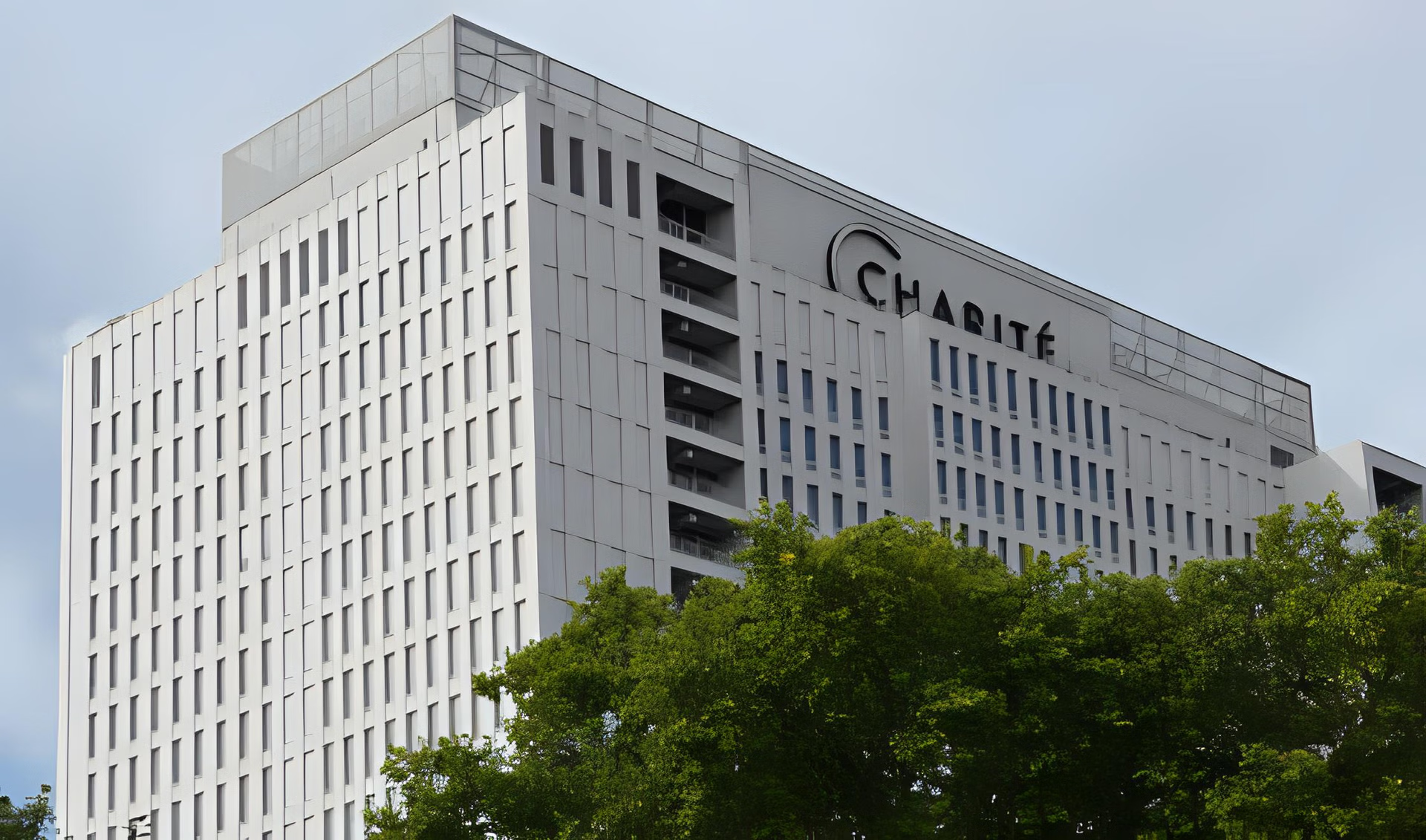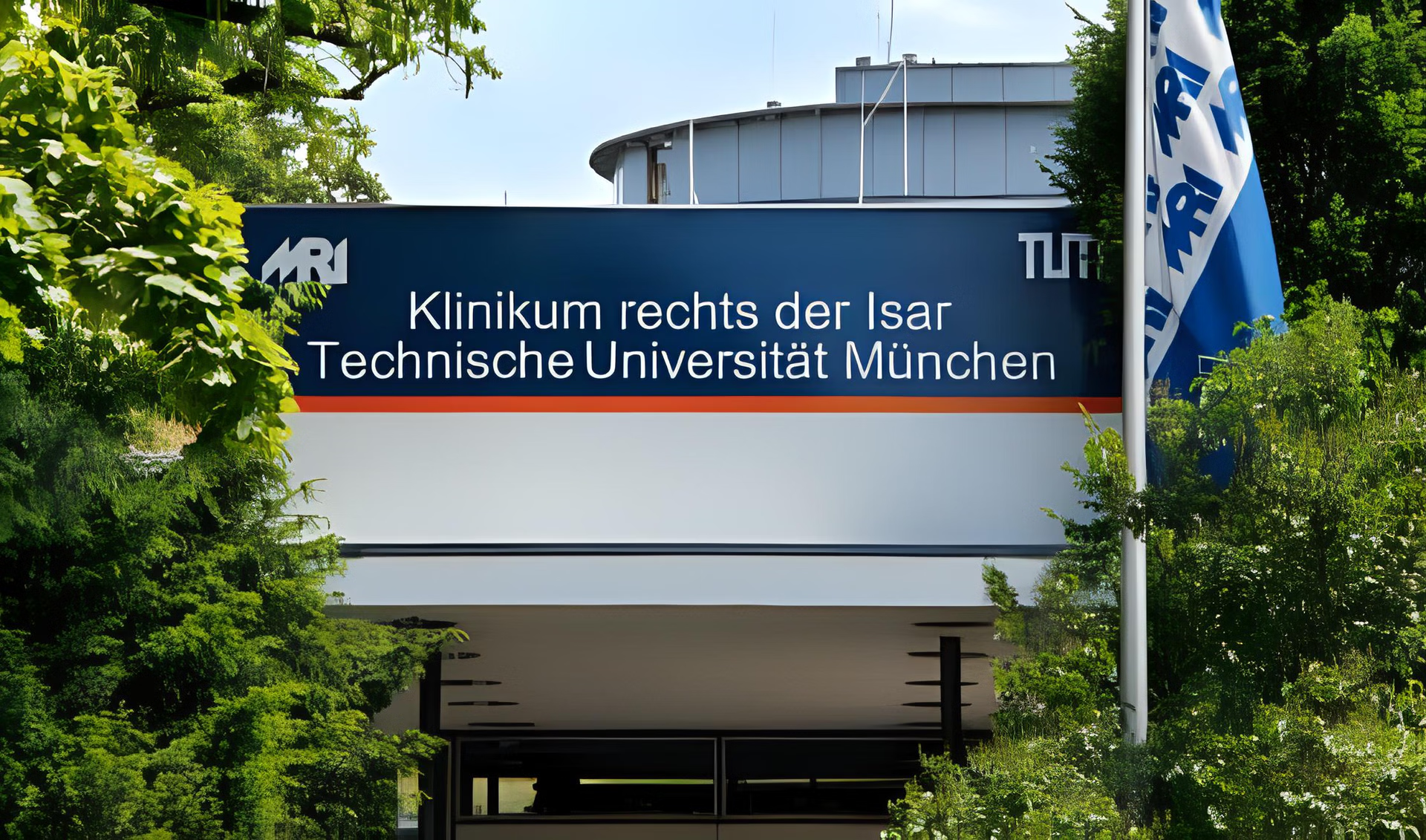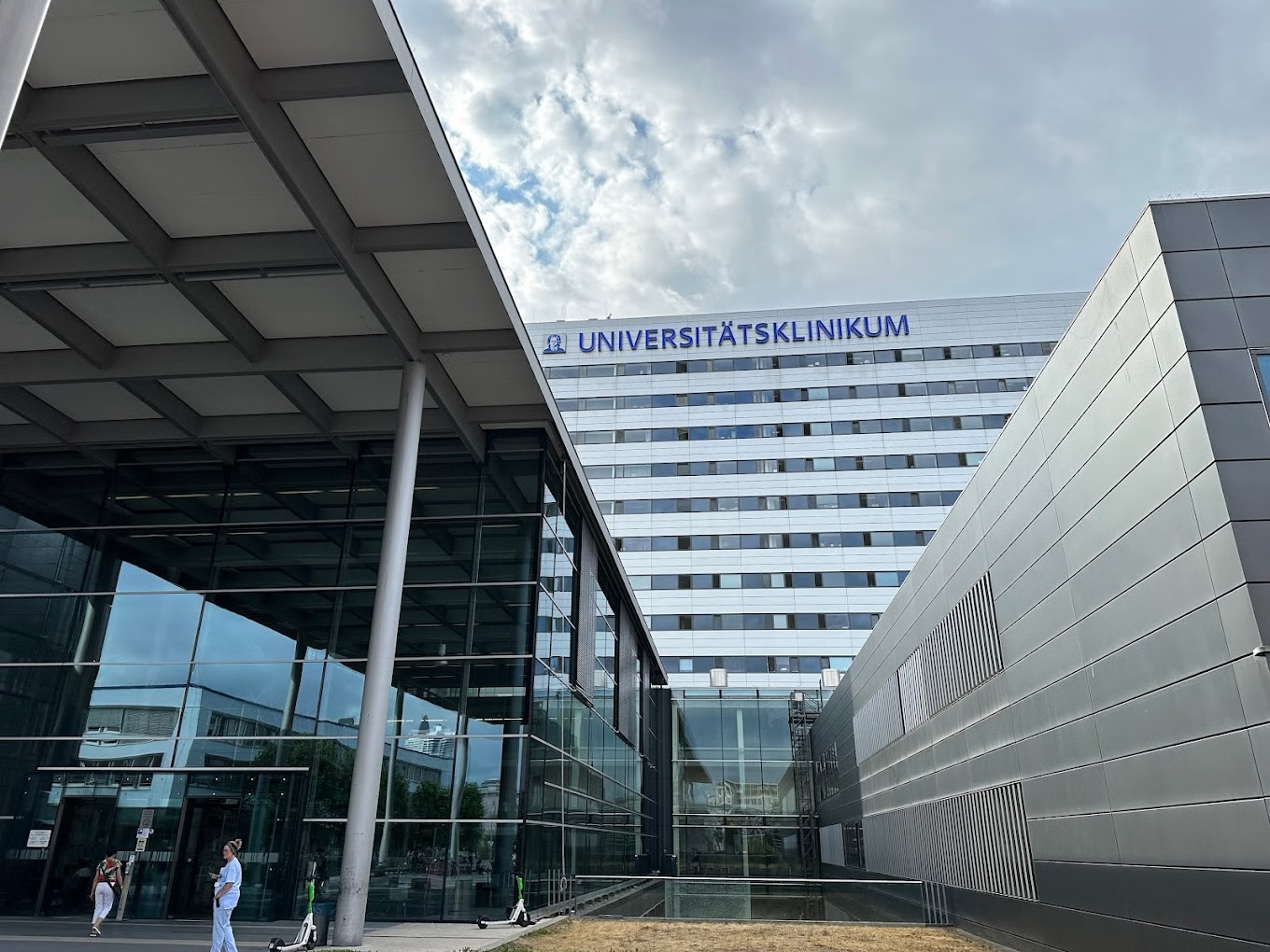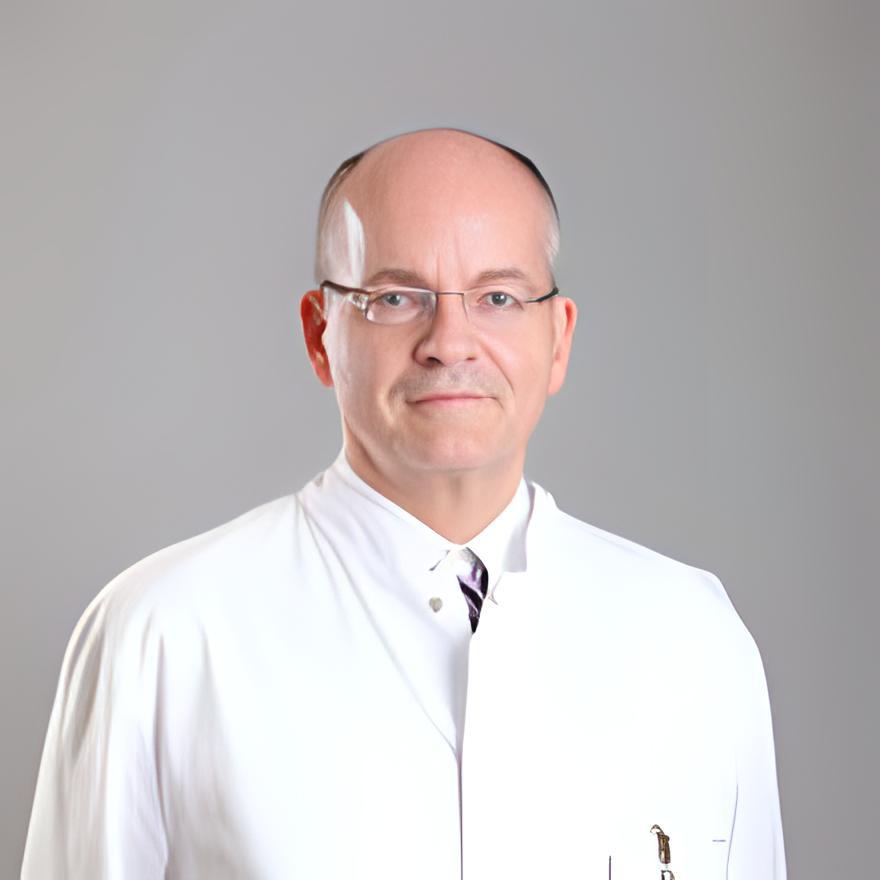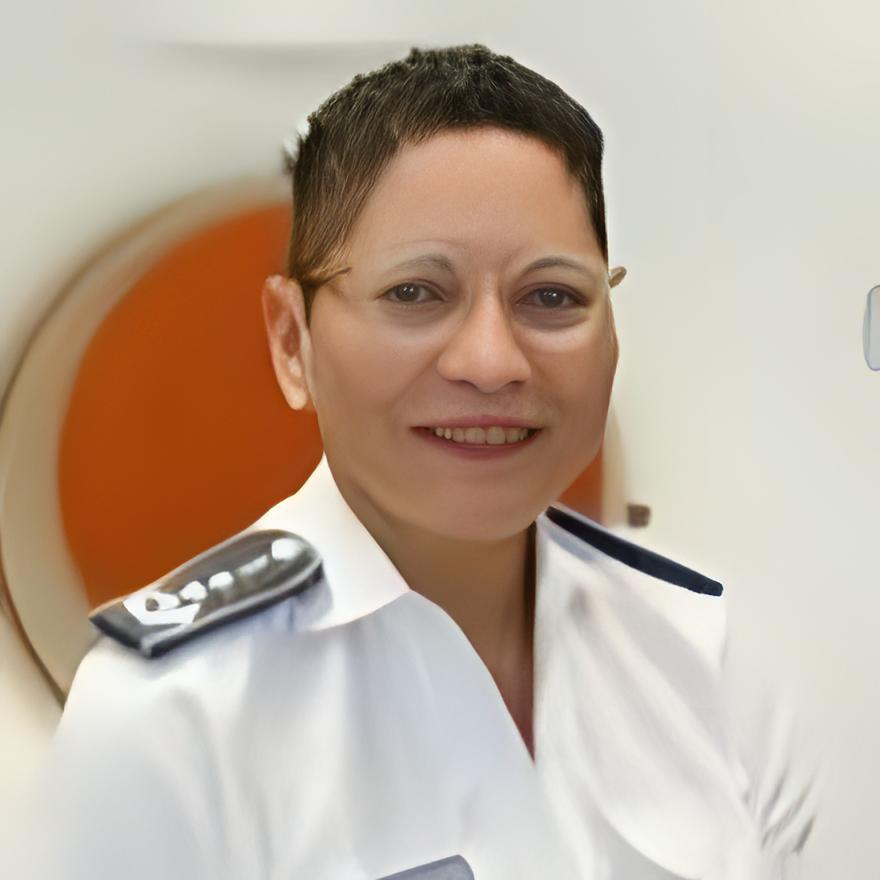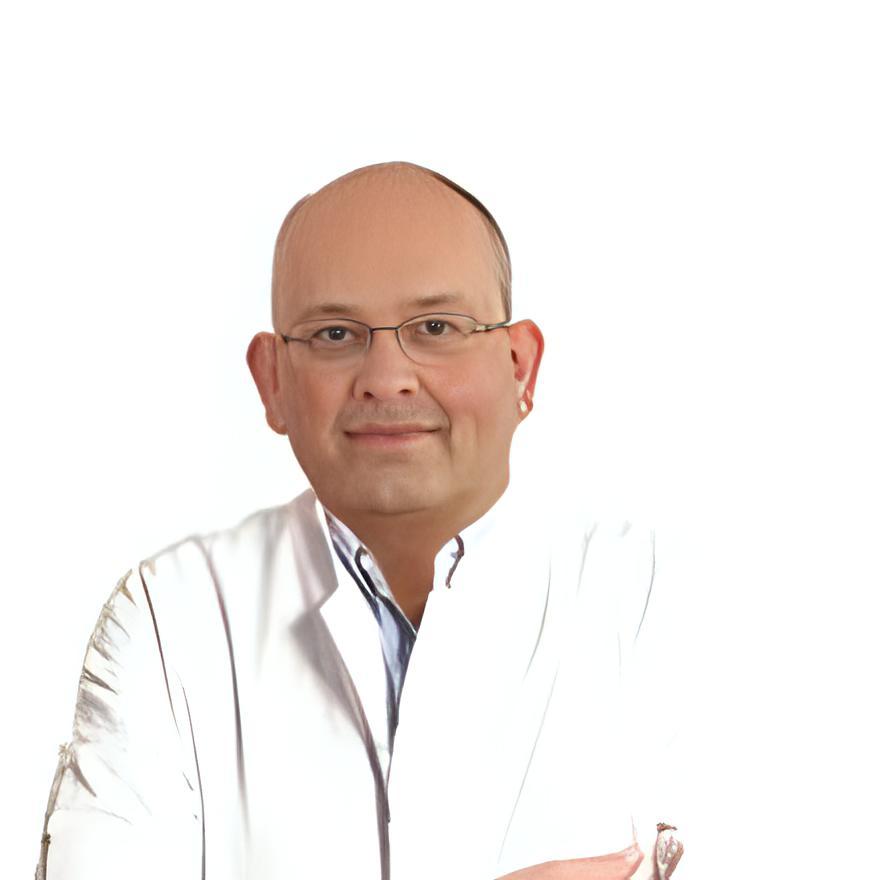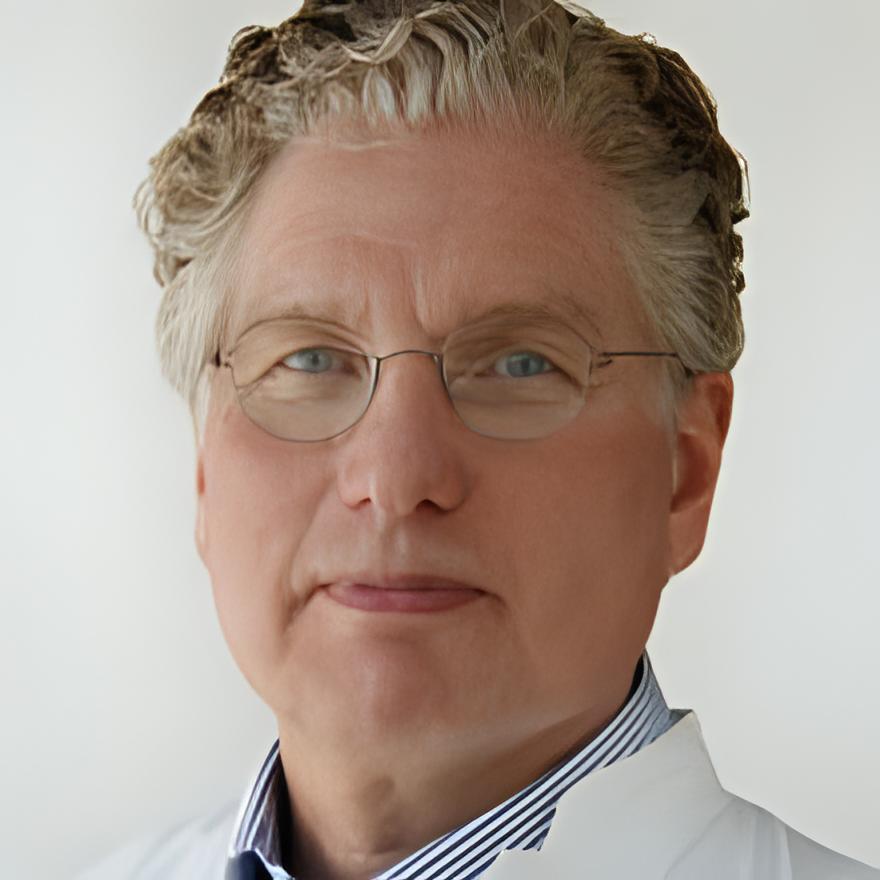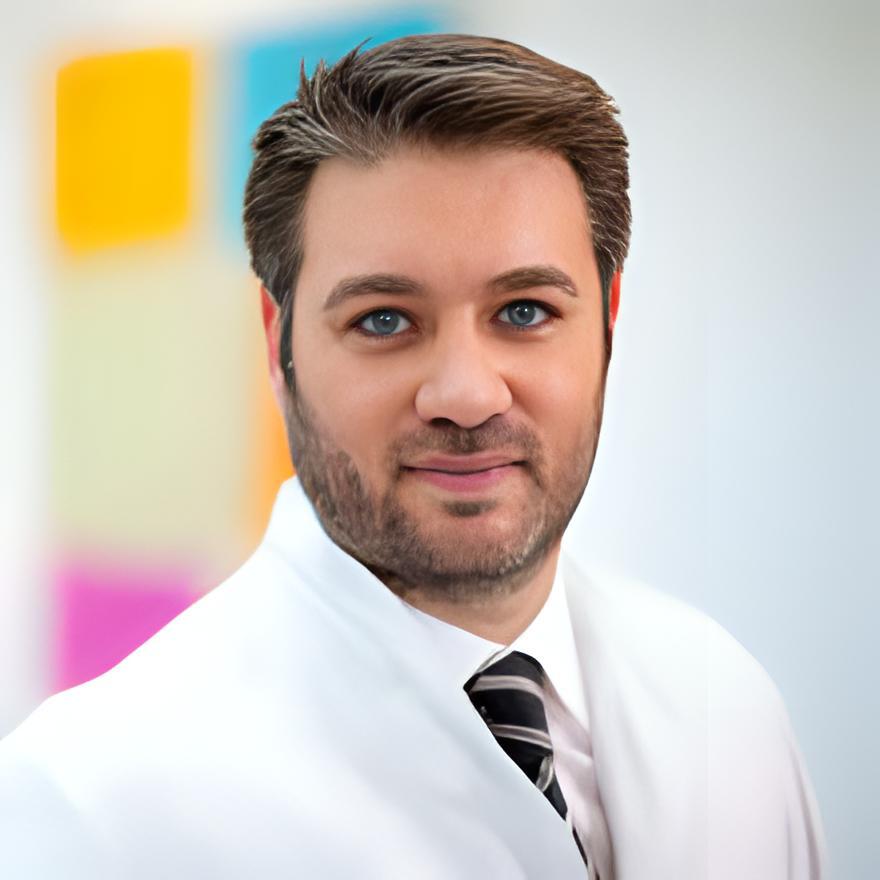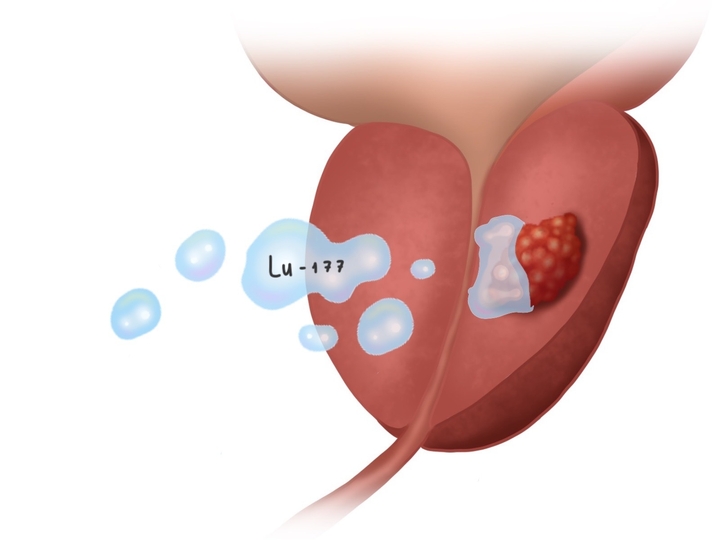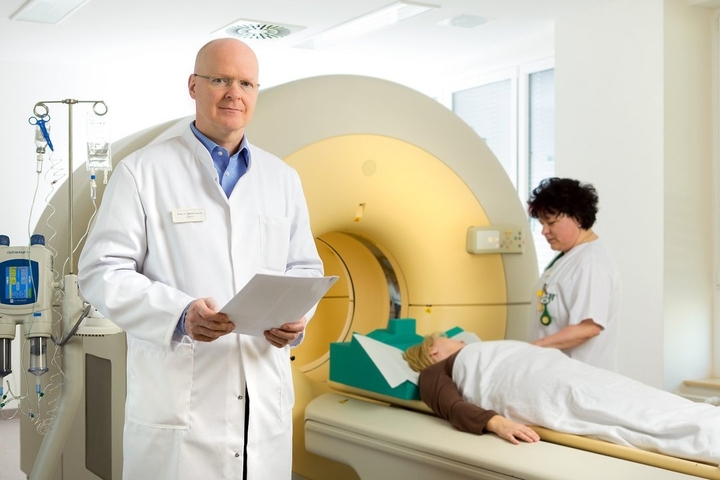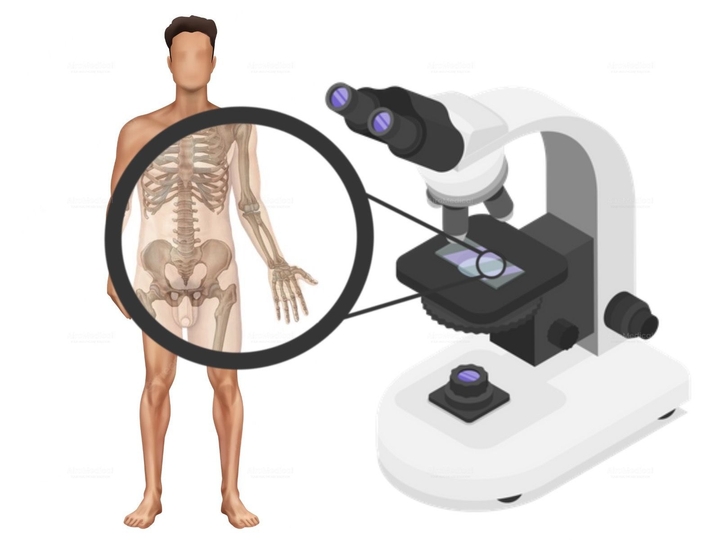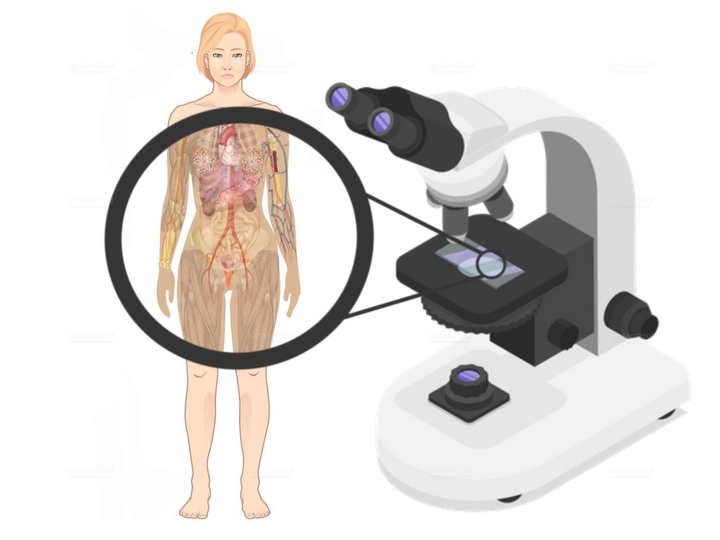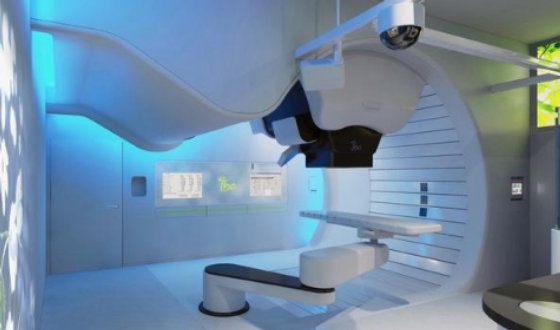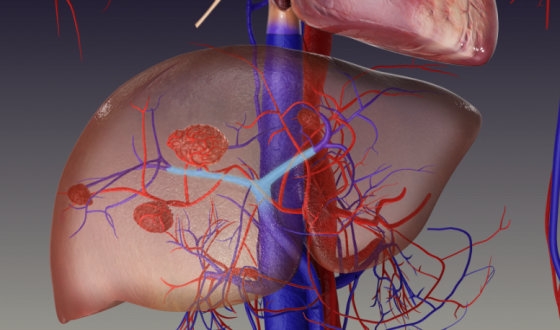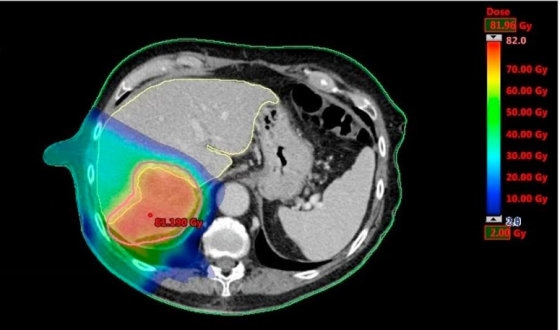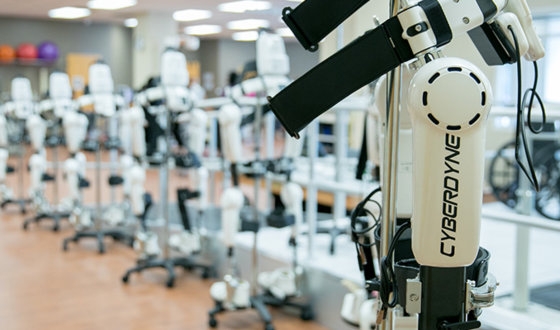Salivary gland cancer treatment Worldwide: Best Hospitals, Doctors, Options, & Cost
Salivary gland cancer is rare, with only 3% of all head and neck malignant tumors. If we catch it early while it's still only in the salivary gland, 94% of patients live at least five years after diagnosis. If the cancer has reached nearby areas or lymph nodes, this number drops to 70%. But, if the cancer has spread farther in the body, the number falls to 43%. It means the salivary gland cancer treatment success drops as the disease worsens.
There are 22 kinds of salivary gland cancer; some types are rare but act more aggressively. Salivary duct carcinoma is an example. It's less than 10% of all cases but can be hard to treat. It becomes obvious why finding this disease early is crucial with proper treatment for salivary gland cancer.
Best hospitals
Select the hospital for salivary gland cancer
Choosing the center or hospital for salivary gland cancer involves careful research. The top clinic or hospital should have a team of experts from different fields, follow international standards for diagnosing and treating the disease, offer surgical and non-surgical treatments, and provide rehabilitation services.
Patient experiences and success rates also matter. Besides these, it's good to look at the reputation of the medical center, how easy it is to get to, and the cost of treatment. In short, a suitable hospital for salivary gland cancer treatment should be well-reputed, easily accessible, and offer high-quality, affordable care.
At AiroMedical, we're here to help you find such a hospital, clinic, or center, always keeping your health as our top priority.
Top specialists
Salivary gland cancer specialist choosing
Choosing among top salivary gland cancer doctors is a critical decision that significantly impacts your care. AiroMedical mentioned the most critical criteria helping to make an informed doctor’s choice.
If looking for a salivary gland cancer specialist doctor, consider specific training in head and neck oncology or otolaryngology, membership in reputable medical societies, scientific publications and research involvement, and working in a multidisciplinary team. When choosing salivary gland cancer, find a doctor with advanced diagnostic capabilities and a track record of successful outcomes.
Personal doctor features and patient feedback are valuable indicators. AiroMedical can assist in finding the right fit for your needs. With the right doctor, you can confidently navigate treatment and improve your chances of recovery.
Top offers
Salivary gland cancer treatment
Salivary gland cancer treatment incorporates different methods, personalized according to the patient's health condition, the cancer's stage, and location. Surgery, radiation therapy, chemotherapy, and targeted therapy are common approaches.
Surgical options
Surgical salivary gland cancer treatment is often the first line for salivary gland cancer, with a specific method depending on the cancer's stage and location.
According to the study, after surgery, the salivary gland cancer treatment success rate in detail is: the rates for five-year overall survival (OS), disease-specific survival, local relapse-free survival, and distant metastasis-free survival were 78.4%, 89%, 92.5%, and 87.1% respectively.
According to the study, patients who received such procedures experienced less blood loss during surgery, had smaller surgical cuts, and expressed higher satisfaction after the procedure, resulting decrease in salivary gland cancer treatment costs.
The treatment for stage 1 to stage 3 often involves this method if the lymph nodes are involved. The five-year survival rate varies depending on the stage but generally is around 80%. Neck dissection can cause various side effects, but depending on the dissection type, some may recover over a few months.
Changes in appearance may need to be addressed using reconstructive plastic surgery to replace tissue and nerves that were removed to eliminate cancer. Treatment for stage 3 and higher involves serious reconstruction, using a titanium mesh and a unique ALTF technique (free anterolateral thigh flap) to rebuild the affected area.
Additional salivary gland cancer treatment, often radiation therapy, is typically recommended after surgery. Sometimes, multiple operations may be required. Further surgery or other treatments may be suggested if the cancer recurs. Occasionally, the operation may not be possible for some salivary tumors.
Radiotherapy
Radiation therapy is a standard treatment for salivary gland cancer, employing high-energy X-rays or other particles to eradicate cancer cells. This treatment is administered by a radiation oncologist within several weeks following surgery. Its aim can be to remove any residual cancer cells post-surgery or, when combined with chemotherapy, to decrease the size of larger tumors pre-surgery.
Forms of radiation therapy employed for salivary gland cancer treatment:
EBRT comes in various forms, each using advanced techniques to precisely focus radiation on tumors, limiting damage to healthy tissues.
They concentrate a higher radiation dose on the tumor and minimize damage to normal tissues. Researchers discovered that the cancer-specific and overall survival rates were 83% and 78% for 5 years and 82% and 75% for 10 years, respectively.
The estimated survival rates after two years were 84% for overall survival, 73% for control of local-regional cancer, and 87% for survival without distant metastasis.
It can deliver radiation to the tumor while causing less damage to surrounding tissues. 2-year local control and overall survival rates were 96% and 89%.
As a result, the local control rates stood at 90%, 85%, and 85% after 5, 10, and 15 years respectively. Five years after treatment, 80% of the patients were still alive, but this number decreased to 60% after 10 years, mainly due to the emergence of distant metastases.
The effectiveness of brachytherapy varies based on the type and stage of cancer, and it's often used with surgery or EBRT. The survival rates after 1, 3, and 5 years were 87%, 55.4%, and 47.5% respectively. The rates of being free from disease progression during the same periods were 73.9%, 47%, and 39.2%; local disease control was maintained at 82.1%, 73.9%, and 73.9%.
The CyberKnife system is a device that uses a high-powered X-ray generator on a robotic arm. Each treatment is typically 45 to 90 minutes and is outpatient, meaning patients can go home afterward. Most patients complete Salivary gland cancertreatmentin a span of 7 days. As reported, the success rate was 100% after one year, which decreased to 75% after two years.
Treatments of salivary cancers spreading to the skull base also can use Gamma Knife technology. As reported, the success rate was 82% after about three years. These techniques target the tumor without damaging surrounding healthy tissues.
Radiation therapy, while effective in treating salivary gland cancer, can lead to certain side effects and complications. These might include skin changes (like redness or dryness), mouth sores, difficulty swallowing, dry mouth, taste changes, and jaw stiffness. Late effects can involve dental problems and changes in the tissues in the mouth and throat.
Chemotherapy
Chemotherapy uses drugs to destroy cancer cells. It's often used alongside radiation therapy, before or after surgery.
The overall 5-year survival rate with adjuvant chemotherapy is around 50%. Chemotherapy can also be administered before surgery to shrink tumors, improving the chances of complete removal. It's often used in the treatment of late stages.
Using chemoradiation for salivary gland cancer is not standard practice, as limited research supports its effectiveness. However, clinical trials show a promising 5–year survival rate of 58.9%, as reported.
Chemotherapy can cause systemic side effects like fatigue, hair loss, nausea, vomiting, loss of appetite, and a higher risk of infections due to lowered immunity. These effects are temporary and often subside after treatment ends. However, they may necessitate supportive care measures and occasional treatment delays or dosage adjustments. Communicating any side effects to your healthcare team for optimal management of these conditions is important.
Immunotherapy
The immune system, a sophisticated network of cells, organs, and proteins, plays a crucial role in combating cancer, including salivary gland cancer. Cancer can evade the immune system's defenses despite its complexity, leading to uncontrollable growth. This is where immunotherapy steps in, amplifying or restoring the immune system's capability to fight salivary gland cancer.
Immunotherapy varies in its approach. Some therapies slow the growth of cancer cells or eradicate them, while others prevent cancer from metastasizing to other body parts. The types of immunotherapy effective in salivary gland cancer treatment include:
The drugs most frequently researched are those that function as inhibitors of the vascular endothelial growth factor receptor (VEGFR), a strategy to prevent the formation of new blood vessels in tumors. Of these, lenvatinib and axitinib have demonstrated notably favorable objective response rates of 11-16% and 9-17%, respectively.
The choice of immunotherapy, dosage, and frequency in salivary gland cancer treatment depends on several factors, including the type of cancer, its size and spread, the patient's age, overall health, body weight, and potential side effects.
Targeted therapy
Targeted therapy uses drugs that specifically attack cancer cells. These drugs target specific parts of the cancer cells, slowing or stopping their growth.
Studies show that among patients who received treatment after the primary treatment to maximize its effectiveness, 62% were disease-free more than 2 years after they completed the therapy.
The studies report that even though nobody completely recovered, the drug lapatinib was generally safe, and in 36% of the patients, it helped stop the cancer from growing for 6 months or more.
Alternative treatments
Alternative treatments & complementary therapies for salivary gland cancer, such as meditation, acupuncture, yoga, and massage therapy, can be utilized alongside traditional treatments. Salivary gland cancer natural treatments don't cure cancer but can help manage symptoms, improve mental and physical well-being, and manage side effects from the primary treatment.
Rehabilitation & recovery
Rehabilitation is crucial for salivary gland cancer treatment recovery. This involves a multidisciplinary team approach that includes oncologists, nurses, dietitians, physical therapists, speech therapists, and other specialists. The goal is to help patients regain their strength, manage side effects, improve their quality of life, and facilitate a smooth transition back to daily activities.
Rehabilitation services might include dietary counseling to manage nutrition-related concerns, physical therapy to address fatigue and weakness, and speech therapy to manage speaking or swallowing difficulties.
Metastatic salivary gland cancer treatment
Clinical trials investigating new treatments or different combinations of existing ones also provide another option for patients.
The salivary gland cancer treatment prognosis, or likely course and outcome, depends on several factors, including the type of cancer, its stage, and the patient's overall health. It is crucial for patients to engage in open conversations with their healthcare team to select the most suitable treatment plan for their salivary gland cancer.
A multidisciplinary approach in salivary gland cancer treatment involving various healthcare specialists can provide the most effective strategy, enhancing the chances of successful salivary gland cancer treatment and recovery.
Treatment cost & budget
Salivary gland cancer€250 - 412,540
Advantages of medical travel
Medical tourism is on the rise, especially in cancer treatment. This global trend sees patients traveling across borders, seeking the best healthcare facilities for their conditions. The benefits of looking abroad for treatment options are obvious for salivary gland cancer patients.
The list of benefits
Seven key accesses considering international treatment options for salivary gland cancer:
With these key accesses, medical tourism provides a viable and effective treatment option for salivary gland cancer. AiroMedical acts as your trusted ally throughout your salivary gland cancer treatment journey. We connect you with globally recognized medical facilities, ensuring you receive the best possible care. Our services extend beyond treatment exploration, connect the best providers with their patients, manage all logistical aspects, such as travel and accommodation, and offer necessary guidance for managing treatment complications and accessing required services.
At AiroMedical, geographical boundaries should not limit your healthcare options. Connect with us to navigate your treatment path confidently and safely.
How AiroMedical can help you
Read more in our blogs
FAQ
What are the best clinics for Salivary gland cancer?
Who are the best doctors for Salivary gland cancer?
Prof. Dr. med. Thomas Vogl from
University Hospital Frankfurt am Main
Dr. med. Anett Tillmann, MBA from
Academic Hospital Bundeswehr Berlin
Prof. Dr. med. Roland Ladurner from
Academic Hospital Martha-Maria Munich
Prof. Dr. med. Alexander Muacevic from
European Radiosurgery Centre Munich
Prof. Dr. med. Harald-Robert Bruch, MSc, PhD from
Oncological and Haematological Praxis Clinic Bonn

